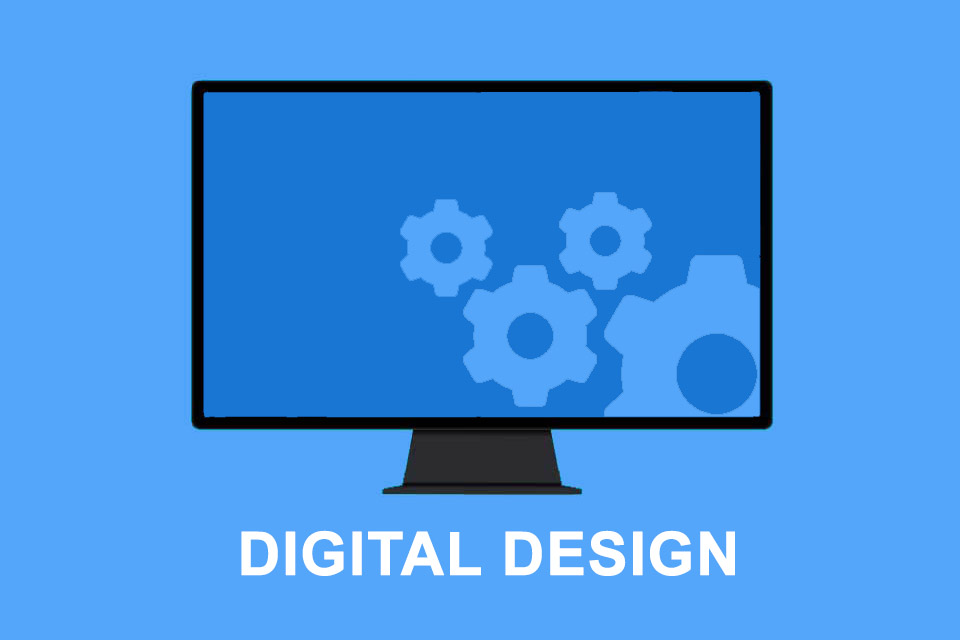What is Digital Design?
Digital Design – Holistic Digital Creation
Digital products, systems, services, processes and business models have long been part of the everyday life of people and organisations. The task of digital design is to create and optimise them holistically. Holistic means that in addition to design, aspects such as user experience, ergonomics and psychology, economic efficiency, social and work sciences, communication, marketing and sales are also taken into account. It is about expertise from different disciplines and about context and environment. It is about overcoming organisational obstacles and consistently focusing on users and benefits. In short, digital design is a holistic approach to the shaping and optimisation of digital products and services, processes and business models.
Digital Design – Two Different Perspectives
Interestingly, there are two different perspectives on digital design:
Graphic Design Perspective
Some publications say that graphic design is an umbrella term for all forms of design and thus also for digital design. However, this perspective is controversial. The distinction that graphic design is concerned with the design of static content, e.g. for print products, and digital design with the design of digital formats, is also considered outdated. The essential difference lies in programming, because digital design is implemented in programming language.
As a result, there are different types of digital design [1]:
- web design
- app design
- infographic design
- social media design
- presentation design
Consequently, these types of design are close to marketing, which aims to increase brand awareness, the reach of articles and, of course, sales figures with the help of digital design.
Software Engineering Perspective
This perspective has its origins in a panel discussion at Bitcom e.V., the industry association of the German information and telecommunications sector, and a workshop organised by the International Requirements Engineering Board e.V. (IREB), where experts from the disciplines of product design, software engineering and digitalisation exchanged views on challenges facing the software industry. The realisation: there is a lack of a holistic discipline or role to be able to create and optimise digital solutions with analogue components.
As a result, the Digital Design Manifesto and the role of the digital design professional were launched. “For digitalisation, the digital designer should be what the architect is for construction. Just as no building project should be undertaken without an architect, so no digitisation project should be undertaken without a digital designer.” [2]
Digital Design Manifesto
The manifesto defines digital design as a profession. “Digital designers design and optimise purpose, utility and means in interaction, large and small, visible and hidden, tangible and intangible, and they also design and optimise the design process.” [3]
It is particularly about
- usefulness and usability,
- elegance and aesthetics,
- evolution,
- exploration,
- focus on users,
- anticipation of impact,
- data protection and data security,
- sustainability and
- analogue and digital value.
Furthermore, digital design is not an end in itself, but respects requirements and actual benefits.
Impulse to discuss
Will the digital design profession replace or complement other organisational roles such as requirements engineers, project managers or user experience designers?
[1] What is digital design?
[2] [3] Digital Design Manifesto
The manifesto has been signed by 20 people. In addition, there are 12 institutional supporters. The Bitcom e.V. is the lead organisation.
If you like the article or would like to discuss it, please feel free to share it in your network. And if you have any comments, please do not hesitate to send us a message.
And here you will find additional information from the t2informatik Blog:



